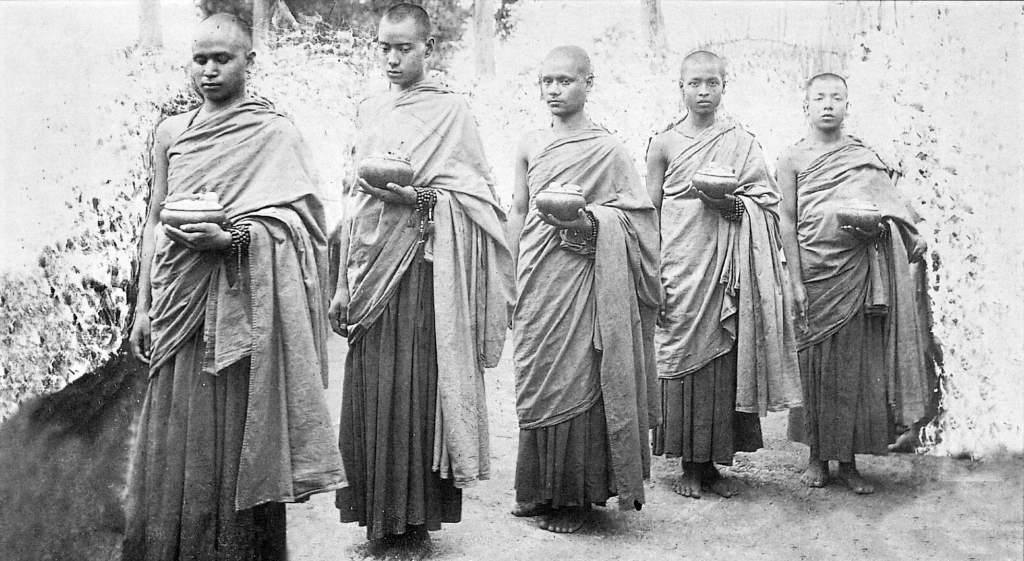[fullwidth backgroundcolor=”” backgroundimage=”” backgroundrepeat=”no-repeat” backgroundposition=”left top” backgroundattachment=”scroll” video_webm=”” video_mp4=”” video_ogv=”” video_preview_image=”” overlay_color=”” overlay_opacity=”0.5″ video_mute=”yes” video_loop=”yes” fade=”no” bordersize=”0px” bordercolor=”” borderstyle=”” paddingtop=”20px” paddingbottom=”20px” paddingleft=”0px” paddingright=”0px” menu_anchor=”” equal_height_columns=”no” hundred_percent=”no” class=”” id=””][five_sixth last=”yes” spacing=”yes” background_color=”” background_image=”” background_repeat=”no-repeat” background_position=”left top” border_size=”0px” border_color=”” border_style=”” padding=”” class=”” id=””][fusion_text]
By Deepak Shimkhada
[/fusion_text][/five_sixth][five_sixth last=”yes” spacing=”yes” background_color=”” background_image=”” background_repeat=”no-repeat” background_position=”left top” border_size=”0px” border_color=”” border_style=”” padding=”” class=”” id=””][imageframe lightbox=”no” style_type=”none” bordercolor=”” bordersize=”0px” borderradius=”0″ stylecolor=”” align=”none” link=”” linktarget=”_self” animation_type=”fade” animation_direction=”down” animation_speed=”0.3″ class=”” id=””]  [/imageframe][/five_sixth][five_sixth last=”yes” spacing=”yes” background_color=”” background_image=”” background_repeat=”no-repeat” background_position=”left top” border_size=”0px” border_color=”” border_style=”” padding=”” class=”” id=””][fusion_text]
[/imageframe][/five_sixth][five_sixth last=”yes” spacing=”yes” background_color=”” background_image=”” background_repeat=”no-repeat” background_position=”left top” border_size=”0px” border_color=”” border_style=”” padding=”” class=”” id=””][fusion_text]
Wikipedia, the world’s largest online encyclopedia, has an entry with the title “Banishment of Buddhist monks from Nepal”. See.
Nepal is the birthplace of the Buddha and a good percentage of Buddhists live in the country. According to the 2001 census, 80.62 percent of Nepalis were Hindu and 10.74 percent were Buddhist.
The banishment of Theravada Buddhist monks occurred twice in Nepal’s history. With the rise of Mahayana Buddhism of the Tantric sect in the 12th century, Theravada Buddhism disappeared from the land. However, there was a revival of Theravada Buddhism in 1926, when five Bhikshus tried to convert Hindus to Theravada Buddhism. Because conversion to any religion was a crime under the law at the time, the monks were found guilty of the crime and warned to stop their activities. The monks refused the orders of the then-Rana Prime Minister and were simply banished from the country.
There was a lull for nearly 18 years, when in 1944 eight new monks started doing the same thing that the five earlier monks had done. They were, again, issued a warning to stop converting others. When they didn’t heed the warning, they, too, were expelled from Nepal to India.
These were facts that were recorded in history. However, some unscrupulous writers and sympathizers write using terms such as ‘persecution of Buddhism,’ as though there was a conspiracy against Buddhists at large, especially the Newars. History is witness that one of the Bhikshus was a Brahmin. Obviously the action of banishment was not motivated by ethnic or caste bias; it was a clear case of acting contrary to the nation’s conversion law, which prohibited converting an individual to another faith. Why don’t people understand that?
If anyone reads even the somewhat biased Wikipedia article, it clearly states that the banished monks were allowed to return to Nepal in 1946, at the behest of a delegation of Sri Lankan monks who came to Kathmandu.
The point I am trying to make here is that it’s the responsibility of a writer to be objective by stating just the facts—not make a mountain out of a molehill.
Generally, the public and the media tend to blow up facts in accordance with their personal agendas. Obviously this simple fact has been reported with such distortion as to bring a rift between the Hindus and Buddhists and between the Newars and Brahmins. Doesn’t Nepal already have enough problems? Need we incite ugliness by distorting facts?
Individuals with an axe to grind use such words as ‘persecution’ without even thinking about the implication of its meaning. Though I don’t know the exact percentage of Buddhists in Nepal at the time, the banishment pertained only to a handful of monks who were directly involved in religious conversion. If there had been persecution of Buddhism, then all Buddhists, regardless of their sectarian persuasion, would have been expelled or harassed, just as all Jews in Germany were treated during World War II. So let us be objective when we write or report a story. Happy Buddha Jayanti. ⧓
[/fusion_text][/five_sixth][/fullwidth]






Leave A Comment